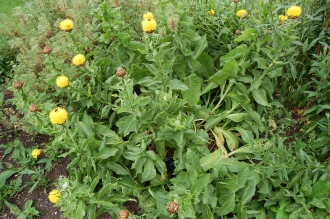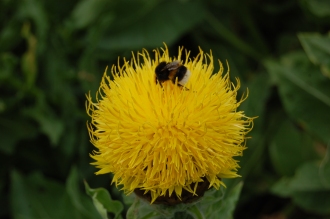Position: Full sun to partial shade
Flowering period: Early summer
Soil: Moist, well drained
Eventual Height: 50cm
Eventual Spread: 50cm
Hardiness: 5a, 5b, 6a, 6b, 7a, 7b, 8a, 8b, 9a, 9b, 10a
Family: Iridaceae
Iris chrysographes is a deciduous herbaceous perennial with a lax clump forming habit. Its grey/ green leaves are strap like, up to 70cm long and 2cm broad. Its dark violet/ black fragrant flowers with yellow veining on the falls, are up to 9cm across and appear on stalks above its leaves. Its roots are rhizomes which aids its spread.
Iris chrysographes, commonly known as Black Iris, is native to the south China and Burma. In its native habitat it grows in meadows, stream sides and forest margins.
The etymological root of the binomial name Iris is derived from the Greek meaning ‘rainbow’, referring to the wide variety of flower colours found among the many species. Chrysographes is derived from the Latin chrysitis meaning ‘golden’ and graphis meaning ‘drawing’, in reference to the golden lines on the flowers.
The landscape architect may find Iris chrysographes useful as part of mixed herbaceous planting schemes particularly in wet locations..
Ecologically, Iris chrysographes flowers are attractive to some pollinating insects.
The Royal Horticultural Society has given Iris chrysographes their prestigious Award of Garden Merit in 1994.
Iris chrysographes prefers moist, well-drained soils. It prefers a neutral to acid pH of soil. It will tolerate wet soils. It will not tolerate dry soils during the growing season.
Iris chrysographes requires little maintenance. Large clumps may be divided from mid summer to early autumn.










